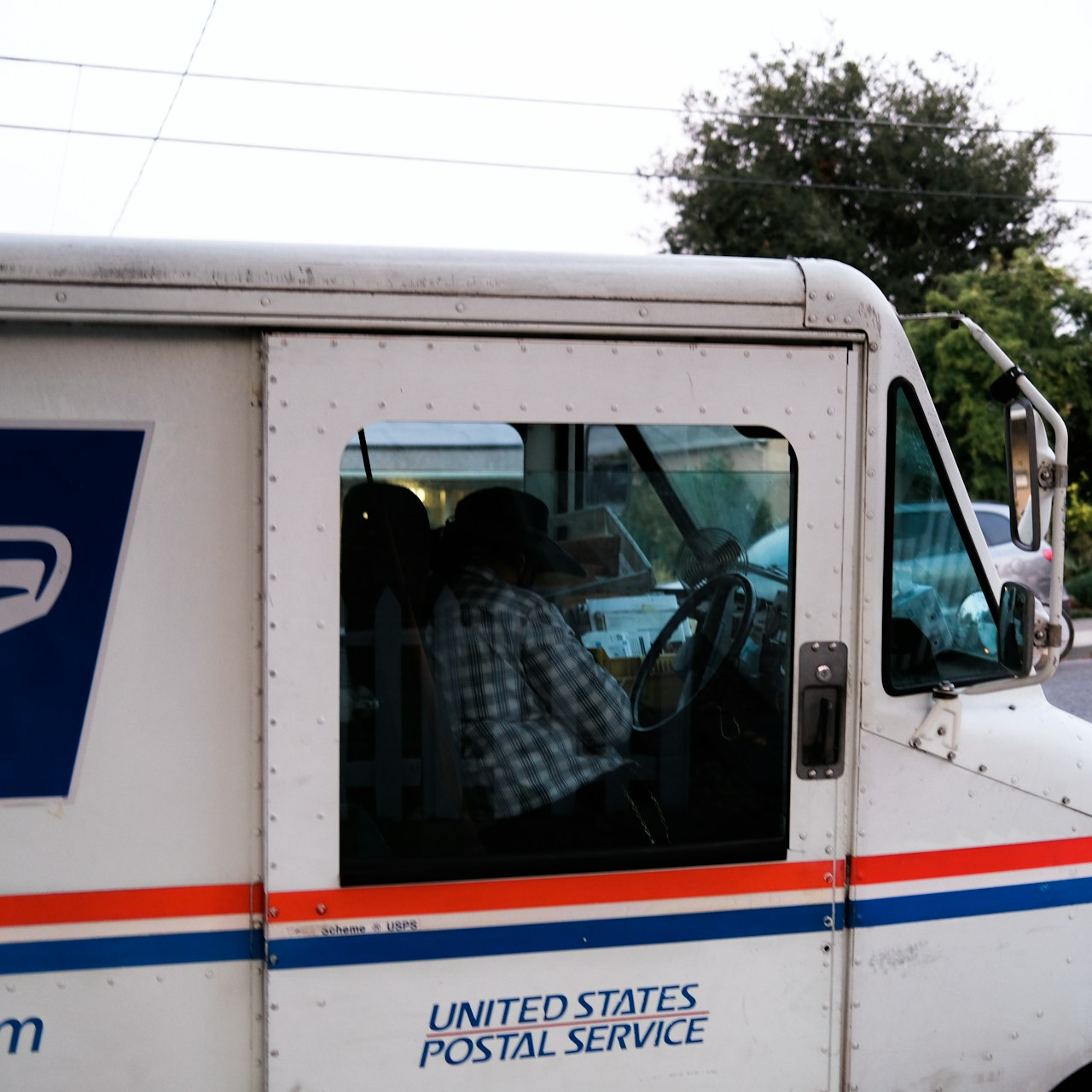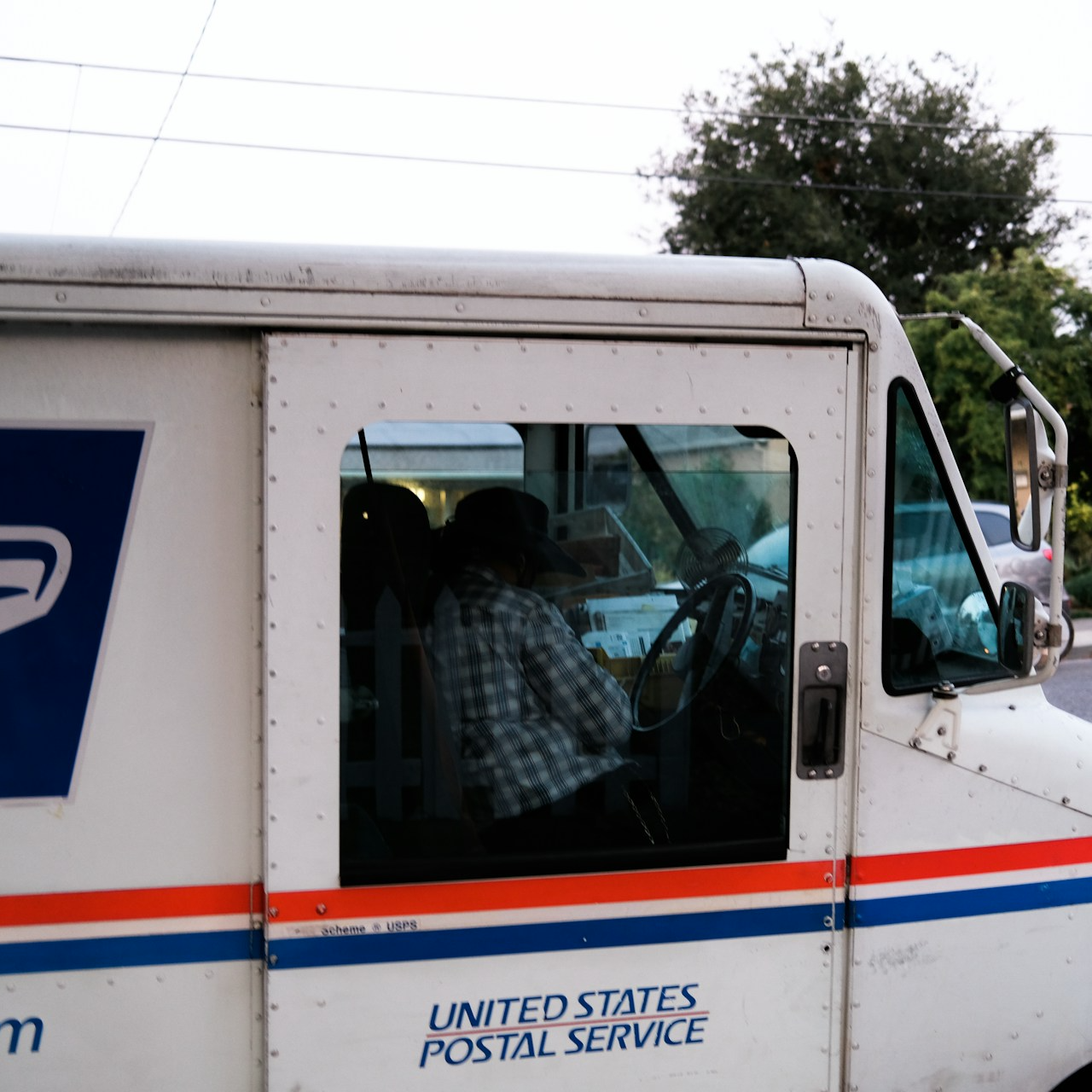Key Takeaways:
- The transition to the Postal Service Health Benefits (PSHB) program starting January 2025 will directly impact the health insurance coverage of all USPS annuitants.
- It is essential for annuitants to understand the changes brought by the PSHB, including the requirement to enroll in Medicare Part B.
USPS Annuitants, Here’s What PSHB Means for Your Health Benefits
The Postal Service Health Benefits (PSHB) program is a new healthcare initiative that will significantly affect the health benefits of U.S. Postal Service (USPS) employees, retirees, and their families. Annuitants, or retired USPS employees, need to be particularly aware of how these changes will impact their healthcare coverage, especially with the transition deadline fast approaching. Understanding PSHB’s structure, its implications for Medicare enrollment, and the steps you need to take is crucial to ensure continuous and comprehensive healthcare coverage.
What is the Postal Service Health Benefits (PSHB) Program?
The PSHB program was established by the Postal Service Reform Act of 2022, a landmark legislation signed into law on April 6, 2022. This new program is designed to offer USPS employees and retirees healthcare coverage that is separate from the Federal Employees Health Benefits (FEHB) program, which has traditionally provided coverage. The transition to PSHB will begin in January 2025, marking a significant shift for all those previously covered under the FEHB program.
Why is PSHB Being Implemented?
The implementation of PSHB is part of a broader effort to streamline and modernize the postal service’s operations and reduce its financial liabilities. One of the primary goals of this new program is to align USPS retirees‘ healthcare benefits more closely with the Medicare program. By integrating PSHB with Medicare, particularly Medicare Part B, the Postal Service aims to reduce its long-term healthcare costs while ensuring that retirees have access to comprehensive healthcare services.
How Will PSHB Impact Current USPS Annuitants?
For USPS annuitants, the transition to PSHB represents a significant change in how healthcare benefits are administered. All annuitants currently enrolled in the FEHB program will be automatically transitioned to the PSHB program in 2025. However, there are several important considerations that retirees need to be aware of:
-
Mandatory Medicare Part B Enrollment: One of the most significant changes under PSHB is the requirement for eligible annuitants to enroll in Medicare Part B. This mandate will apply to all annuitants who are 65 or older as of January 1, 2025. Annuitants who are not currently enrolled in Medicare Part B will need to do so to maintain their health benefits under PSHB.
-
Impact on Premiums and Out-of-Pocket Costs: Although specific details about premium costs under the PSHB program have not been fully disclosed, the integration with Medicare Part B may result in changes to the overall cost structure. Retirees will need to pay Medicare Part B premiums in addition to any premiums associated with PSHB coverage. This dual-payment structure could influence out-of-pocket costs, which is an important factor for retirees living on fixed incomes.
-
Coverage Continuity and Transition Process: USPS annuitants can expect their healthcare coverage to continue seamlessly during the transition from FEHB to PSHB. The Office of Personnel Management (OPM) and the USPS have committed to providing clear guidance and support throughout the transition process, ensuring that retirees do not experience any lapses in coverage. However, retirees should stay informed and engage with available resources to understand the full implications of the transition.
What Steps Should USPS Annuitants Take Now?
With the transition to PSHB less than a year away, USPS annuitants should take proactive steps to prepare for the changes:
-
Review Current Coverage and Benefits: Annuitants should review their current FEHB plan and understand how it aligns with the upcoming PSHB program. This review will help identify any potential gaps in coverage or changes in benefits that may occur under the new program.
-
Evaluate Medicare Part B Enrollment: If you are not already enrolled in Medicare Part B and will be eligible by January 2025, now is the time to evaluate the enrollment process. Consider the impact of Medicare Part B premiums on your budget and explore how this coverage will complement the benefits offered by PSHB.
-
Stay Informed About the Transition Process: USPS and OPM are expected to provide regular updates and resources to help annuitants navigate the transition. Staying informed will be crucial to understanding any new requirements, deadlines, and actions you need to take to ensure a smooth transition to PSHB.
How Will PSHB Affect USPS Retirees and Their Families?
The transition to PSHB is designed to be as smooth as possible, but it will inevitably bring changes to how retirees and their families access healthcare. Here’s what to expect:
-
Family Coverage Adjustments: Under PSHB, coverage options for family members may change. Annuitants should review the specifics of family coverage under the new program and consider how it might differ from their current FEHB plan. This includes understanding how dependents and spouses will be covered and any potential changes to their healthcare providers.
-
Potential Changes in Provider Networks: PSHB may feature different provider networks compared to FEHB plans. Retirees should verify whether their preferred healthcare providers will be included in the PSHB network and explore alternative options if necessary.
-
Impact on Prescription Drug Coverage: Prescription drug coverage under PSHB is expected to be aligned with Medicare Part D. Retirees should review the details of prescription drug benefits under PSHB, particularly if they are currently using specific medications that are covered under their FEHB plan.
What Are the Benefits of the PSHB Program?
While the transition to PSHB brings changes, it also offers several benefits to USPS annuitants:
-
Enhanced Coordination with Medicare: By integrating more closely with Medicare, PSHB aims to provide retirees with more comprehensive coverage that leverages the strengths of both programs. This coordination is expected to reduce out-of-pocket costs and improve access to a broader range of healthcare services.
-
Financial Stability for the USPS: The PSHB program is part of a broader strategy to ensure the financial stability of the USPS. By reducing the long-term healthcare liabilities associated with retiree benefits, PSHB helps secure the future of postal services and protects the interests of current and future retirees.
-
Focused Healthcare Coverage for USPS Employees and Retirees: PSHB is designed specifically for USPS employees and retirees, allowing for a more tailored approach to healthcare coverage. This focus ensures that the unique needs of postal workers are addressed, from active employment through retirement.
What Challenges Could Arise with the Transition to PSHB?
While the PSHB program offers several advantages, there are also potential challenges that USPS annuitants should be prepared for:
-
Navigating New Enrollment Requirements: The mandatory Medicare Part B enrollment could be a significant adjustment for retirees who have not previously been required to enroll. Understanding the enrollment process and ensuring timely compliance will be critical to maintaining uninterrupted coverage.
-
Adapting to Changes in Coverage and Costs: The transition to PSHB may bring changes in premiums, out-of-pocket costs, and coverage options. Retirees need to be vigilant about these changes and proactively manage their healthcare expenses to avoid financial strain.
-
Ensuring Continuity of Care: The potential shift in provider networks under PSHB could impact retirees’ access to their current healthcare providers. Annuitants should verify provider participation in the PSHB network and explore alternatives if necessary to ensure continuity of care.
How Can USPS Annuitants Get Help During the Transition?
The transition to the PSHB program is a significant change, and USPS annuitants may need assistance navigating the new system. Here are some resources and steps that can help:
-
Consult OPM and USPS Resources: The Office of Personnel Management (OPM) and USPS will provide detailed information and resources to guide retirees through the transition. These resources will include FAQs, enrollment guides, and contact information for support services.
-
Engage with Licensed Insurance Agents: Retirees can also seek guidance from licensed insurance agents who specialize in federal employee benefits. These professionals can provide personalized advice and help retirees understand their options under the PSHB program.
-
Attend Informational Sessions: USPS and OPM are likely to offer informational sessions, webinars, and other educational events to help retirees understand the PSHB program and its implications. Participating in these events can provide valuable insights and answer any questions retirees may have.
Preparing for the Future: Your Next Steps
As the transition to the PSHB program approaches, USPS annuitants should take proactive steps to prepare. This includes reviewing current benefits, understanding Medicare Part B requirements, and staying informed about the latest developments. By taking these steps, retirees can ensure they are well-prepared for the changes ahead and continue to enjoy comprehensive healthcare coverage in retirement.
Contact Information:
Email: [email protected]
Phone: 9515552345












